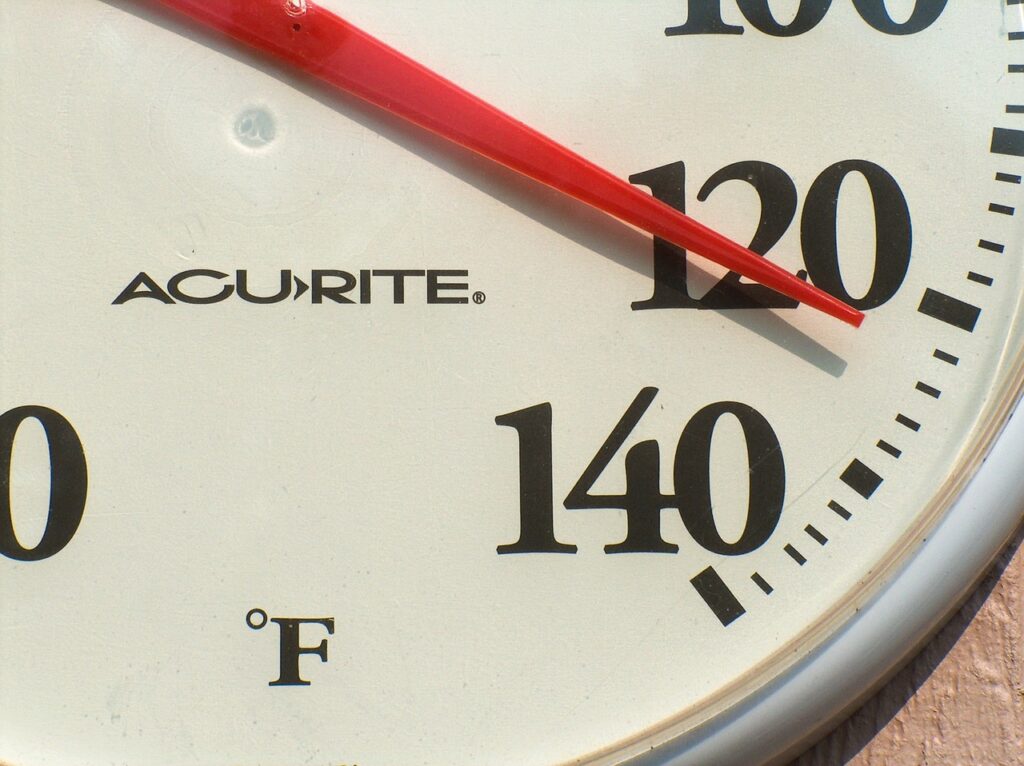Driving an Electric Vehicle During a Heatwave: Challenges and Tips
As the world continues to grapple with the effects of climate change, electric vehicles (EVs) have emerged as a promising solution to reduce carbon emissions and combat air pollution. Their eco-friendly nature and growing popularity have garnered attention from environmentally conscious consumers. However, like any technology, electric vehicles behave differently than gasoline or diesel-powered vehicles, especially during extreme weather conditions like heatwaves or very low temperatures. There are unique considerations of driving an electric vehicle during a heatwave. Below are valuable tips to ensure a smooth and safe experience.

1. Understanding the impact of heat on electric vehicles
During a heatwave, the ambient temperatures around the vehicle rise, leading to several potential considerations. Note that EVs are equipped with sophisticated cooling systems to maintain batteries at the right temperature for both performance and safety reasons:
a) Reduced Range: Temporary reduction in range, primarily due to the heating and cooling systems will be seen during extreme temperatures. Because the energy for the heating and cooling systems inside your car comes from the same high voltage battery used by the drivetrain, the use of climate control will reduce your range, potentially by a significant amount.
b) Battery Degradation: Prolonged exposure to extreme heat or cold can accelerate the degradation of the battery, reducing its capacity over time. This could lead to shorter battery life and potential repair or replacement costs.
c) Charging Difficulties: Charging an EV in scorching heat can be problematic. If the charging station is exposed to direct sunlight, it may lead to slower charging rates due to the heat’s impact on the charging systems.
2. Preparing your electric vehicle for a heatwave
Despite the challenges, there are several measures EV owners can take to prepare their vehicles for driving in hot weather. Proper preparation can help mitigate potential issues and ensure a comfortable and efficient driving experience:
a) Tire Care: Check the pressure of your tires regularly and ensure they are properly inflated to avoid any unnecessary strain on the battery. Ensure that you are using the proper tires. Tire manufacturers offer EV-specific tires which provide a lower rolling resistance and can accommodate the increased weight of the EV.
b) Window Tinting: Consider tinting the windows of your EV to reduce the interior heat buildup. This will not only make your drive more comfortable but also put less strain on the air conditioning system, thus preserving battery power.
c) Park Smartly: During a heatwave, finding shade becomes essential for your car and the battery. Whenever possible, park in the shade to prevent the interior from becoming unbearably hot and to protect the battery from extreme temperatures. Keep windows cracked when leaving the car to allow air exchange. Use shade covers to protect the dash and other interior areas exposed to direct sunlight.
d) Battery Preconditioning: Some EVs come with battery preconditioning features. This allows you to set your car’s interior temperature while still charging, ensuring a comfortable temperature before you begin your journey.
3. Optimizing range and efficiency
Maximizing the range of your electric vehicle during a heatwave or cold snap is crucial to avoid running out of charge in extreme conditions. Here are some practical tips to optimize range and efficiency:
a) Plan Your Route: Before embarking on your journey, plan your route carefully. Utilize available charging stations along the way to avoid range anxiety and potential inconveniences. Be sure the stations conform to your charging plug type or be sure you have the necessary adapter.
b) Avoid Rapid Acceleration: Aggressive driving and rapid acceleration can significantly drain your EV’s battery. Maintain a smooth and steady driving style to conserve energy.
c) Utilize Eco-Mode: Most electric vehicles have an Eco-mode that optimizes power consumption. Engaging this mode during a heatwave can help extend your vehicle’s range.
d) Limit AC Usage: Air conditioning is essential during a heatwave, but excessive usage can impact your EV’s range. Use the AC sparingly and consider using the vehicle’s ventilated seats, if available.
e) Charge Smartly: Charge your electric vehicle during the cooler parts of the day to ensure faster and more efficient charging. Avoid charging during the peak heat hours, as it may cause slower charging rates and reduce overall battery life.

4. Safety considerations
Driving an electric vehicle during a heatwave requires extra attention to safety, both for the driver and the vehicle. Here are some safety considerations to keep in mind:
a) Stay Hydrated: Extreme heat can lead to dehydration, which can impair your driving abilities. Stay hydrated and carry an ample supply of water during your journeys.
b) Emergency Kit: Always have an emergency kit in your vehicle, including essential items like water, snacks, a heat exhaustion kit, first aid supplies, phone batteries, and a fully charged phone.
c) Watch for Warning Signs: Be attentive to any warning signs your EV displays, such as overheating indicators or reduced performance. If you notice any unusual behavior, consult your vehicle’s manual or contact the manufacturer.
Driving an electric vehicle during a heatwave presents some challenges, but with careful planning and smart driving practices, it can be a rewarding and environmentally responsible experience. Understanding the impact of extreme heat on EVs, proper preparation, optimizing range and efficiency, and prioritizing safety are essential steps to ensure a smooth and enjoyable electric vehicle journey during a heatwave. As electric vehicle technology advances, we can expect even better performance and increased resilience in extreme weather conditions, making EVs an increasingly attractive option for eco-conscious drivers.

Electric Vehicle Marketing Consultant, Writer and Editor. Publisher EVinfo.net.
Services